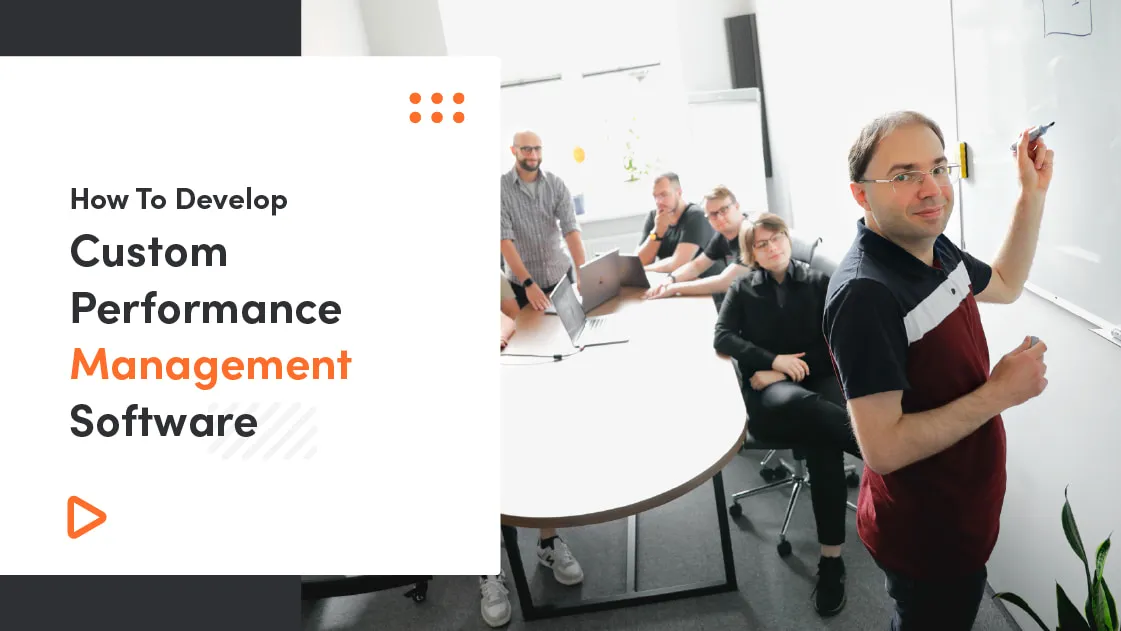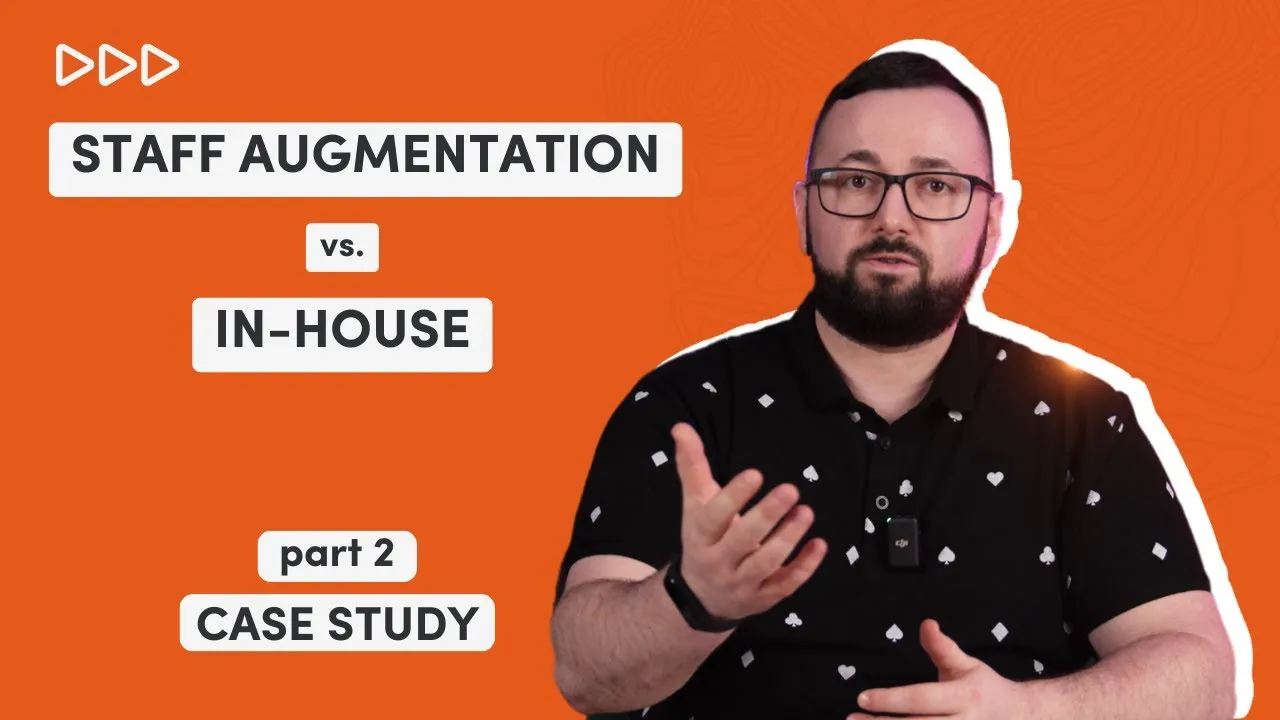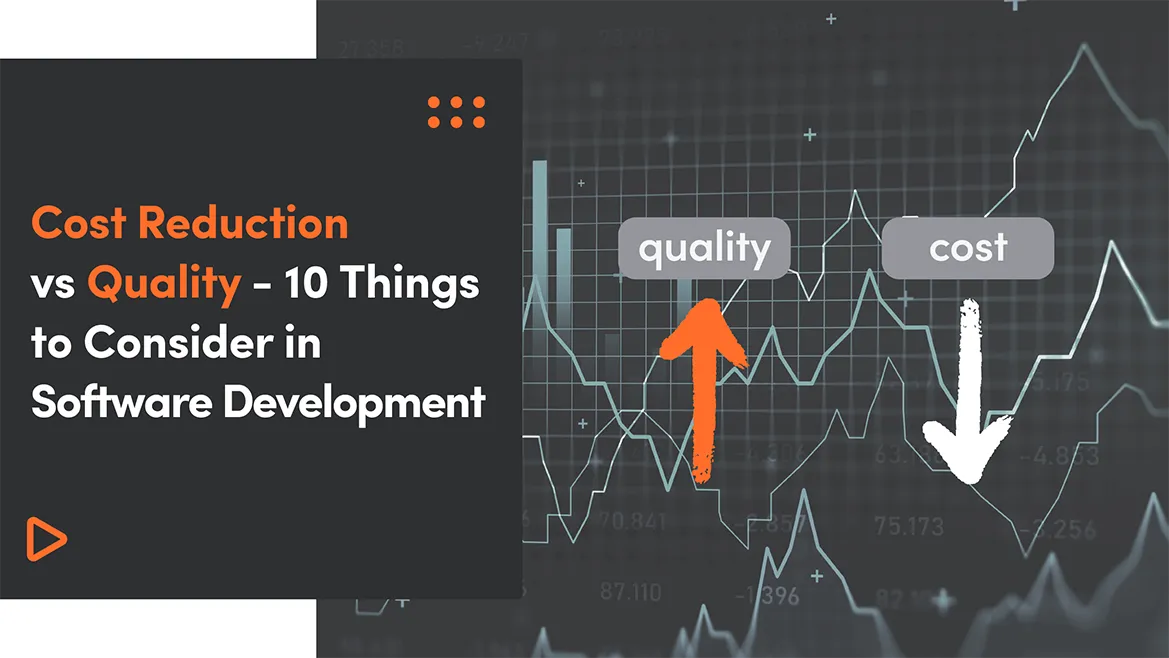Successful companies, in order to achieve their goals, should align their strategies and focus on employee engagement. Enterprise performance management software helps to replace the lack of strategic focus among employees as well as improve their engagement through feedback, recognition and transparency. What is more, those solutions aid in mapping the goals with current performance to better understand and gain perspectives of the work to be done to achieve desired results.
EPM software is able to deliver transparency regarding business strategies through dashboards. This results in strategic growth and an increase in the productivity and performance of the employees.
Have you been thinking about developing your own custom performance management software to spike employee engagement? This post is for you, If you need to know how to improve employee engagement.
What is performance management software?
Performance management software is a technology that allows companies to better understand employee productivity and performance. It helps leaders and managers track, analyze and evaluate workers, ensure goals are met and issues are timely addressed.
PMS is designed to help managers write accurate job profiles and expectations, create relevant objectives as well as document performance.
A well-built software will also improve employee engagement through transparency, feedback and recognition. Each team member will be able to see how they contribute to the organization’s mission.
Market insights
It is hard to assess the market size for performance management tools as they are often put into the category of other HR software. The talent management market is estimated to reach $16 billion by 2024. According to SHRM companies spend $4000 extra on skill development every time they hire a new position. This, however, is crucial to remain competitive and raise the talent level. Companies should pay close attention to how they manage and measure employee performance and which tools they use to do so.
Top 7 essential modules of performance management software
Many businesses look for performance management tools to automate their processes. There are many available solutions, which sometimes make it difficult to choose the best one. To make it a bit easier, here is a list of what you should be looking for.
1. 360-degree reviews
Feedback gathering is probably one of the most valuable features of PMS. This way, employees have the opportunity to receive and give constructive feedback to their peers and managers. This helps to create a good overview of performance and get a better understanding of strengths and weaknesses. It also gives an opportunity for development.
2. Goal setting
Researches show that setting specific goals positively influences performance. A good performance management system should be flexible enough to support the goal format. It should be easy to use to facilitate alignment in the company. This helps to lay foundations for shared success and better employee experience.
3. Goal alignment
Once individuals set goals it is important to keep everybody else aligned with the collective goals and company objectives. The goal alignment feature gives an overview of each goal ensuring clarity. PMS facilitates setting, tracking and completion of those objectives, both individual and team ones.

4. Succession planning
High employee engagement helps with retention rates, however, it is still an issue for many companies. Succession planning helps to ensure that if one of your specialists decides to leave, their talent and skills will be transferred onto other employees. Performance management systems help to encourage coaching and developing new skills.
5. Engagement surveys
Surveys are an amazing way to gain insight into what matters to your employees. They will show you if your staff is engaged as well as provide ideas on how to improve this. Some of the assessed factors are pay&benefits, development opportunities, work environment and leadership. Surveys also allow employees to voice their concerns and comment on what they like in the company.
6. Manager reviews
Asking employees to evaluate their managers helps to identify potential coaching opportunities as well as delivers constructive feedback. Manager evaluations can be used to highlight areas that correspond with organizational goals and find managers that need more support in their role.
7. Social recognition
A process of providing employees with tools that allow them to create meaningful relationships with each other. They include feedback applications to share successes and behaviours they experience. Collaboration tools have been gaining lots of recognition over the past few years since they simplify the dialogue and encourage communication.
What is appraisal software?
Appraisal software is frequently mentioned while speaking of performance management software. It is a term used for tech solutions designed to speed up and streamline the performance evaluation process. It includes collecting qualitative and quantitative feedback, which can be turned into actions. Appraisal software also helps with the decision-making processes involved in employee promotion and compensation. It improves communication between management and employees, building a consistent employee review process.
Performance appraisal software works with performance management software to gather data crucial for employee assessment. Top features that you should be looking for in this type of software include:
- Compensation management - appraisal software should help in processes involved in compensation. It can work with the business goals and objectives and align employees’ compensation accordingly.
- Reporting and analytics - analytic dashboards provide an overview of company metrics. By comparing them, you get access to performance trends and issues as well as a possible forecast for the next year.
- Performance reviews - performance management software should allow setting up and tracking goals and rate performance.
- Integration with 3rd party tools - look for a system that lets you integrate other HR applications
- Full customization - you should be able to streamline the performance management processes according to your business requirements. Customize the approvals, workflow and remainders.
- Cloud-based - most appraisal systems are working as SaaS solutions, however, some of them are also available on-premise. If you want to do appraisals on the go, you will need a cloud-based software.
Using an appraisal system ensures that your employees get the recognition for their achievements and have an opportunity to share their opinion. Apart from that it also gives you:
- Transparency - everybody gets a clear picture of goals, ongoing projects and feedback, which encourages trust and open communication from both managers and employees
- Insight - you gain access to information that you would not normally possess. You can make well-informed decisions based on analytics and review records of past performances for each employee.
- Development - receiving feedback on a regular basis helps employees to recognize their strengths and weaknesses. They will be more likely to indulge in self-development and improve their performance.
- Reduced stigma around reviews - frequent check-ins allow employees to get familiar with giving and receiving feedback, which reduces the commonly experienced fear and stress connected with it.
Key features of successful performance management software
No matter if you decide to go with a ready-made solution or build a custom one, we can distinguish some essential features that should be found in any successful performance management system. They are as follows:
- Process-based - business processes that are a part of talent management have to be visible and transparent for everybody. What is more, they should be customizable without the need of vendor intervention. You should be able to make changes in business operations as required.
- Team-based design - the system should allow you to assign employees to teams, hence the team-based design. A good PMS enables collaboration within the team and between all teams and to track their individual performance.

- SaaS - if your solution is cloud-based you will be able to use it whenever and wherever. With SaaS software, you can test many different solutions before picking the best one for your business.
- 3rd party integrations - your performance management software should be easy to integrate with other systems if required.
- Social media integration - integrations with present and future social media platforms may be useful in improving employee engagement.
- Gamification - gamification features are proved to be effective in increasing employee engagement.
- Localization - the software should be tailored to fit local conditions
- Multi-platform support - your software should be accessible via any device - mobile or desktop and any system - iOS or Android-based.
Why do you need to build your own software
Some companies will be happy with a ready-made solution, while others will decide to build their own. Wondering why you would need custom software? Apart from the obvious reasons like freedom of choosing functionalities, custom design and scalability, you should consider building your PMS when:
- you still use manual processes
- many of your employees miss their goals, deadlines or cannot meet KPIs
- employees complain about the current performance system or processes
- you are concerned with the risk your current process leaves room for
- your HR team spends too much time on performance paperwork
- you are experiencing low employee engagement or/and high turnover
Implementing a performance management software will positively influence communication and clarity across your organization. The employees will more likely experience a boost in confidence and strive for development. What is more, you will receive frequent detailed feedback that will help you set future business goals and objectives.
Some time ago, Selleo created a solution dedicated to feedback management and reward granting. It was a part of our internal project to improve peer recognition and benefit distribution in the company. It is an innovative approach to feedback and rewards.
Conclusions
Performance management software can become the main driver of employee engagement. The data collected positively influence employee performance as well as business objectives. Those solutions automate processes connected to feedback management and distribution of perks.
A good PMS gives you the ability to check performance, track goals, evaluate employees, collect reports and develop skills. What is more, if you choose a custom solution, you will be able to integrate it with 3rd party systems and scale it, depending on your company’s needs.




